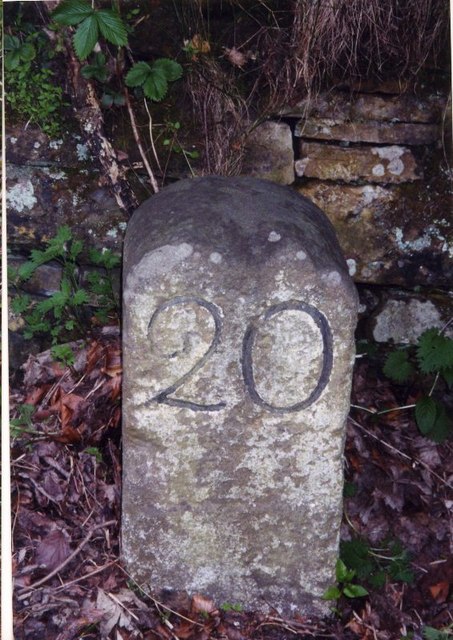Topics > Northumberland > Civil Parishes in Northumberland > Allendale Civil Parish > Allendale Parish, 1848
Allendale Parish, 1848
ALLENDALE, a market-town and parish, in the union of Hexham, S. division of Tindale ward and of Northumberland, 7 miles (S.) from Haydon-Bridge, 9¾ miles (S.W. by W.) from Hexham, and 286 (N.N.W.) from London; comprising the grieveships of Allendale town, Broadside, Catton, High and Low Forest, Keenly, Park, and West Allen High and Low; and containing 5,729 inhabitants. The Town, which includes 1,217 persons, is irregularly built on an acclivity gradually rising from the eastern bank of the river Allen, over which a bridge was erected in 1825. The market is on Friday: fairs are held on the Friday before the 11th of May, on the 22nd of August, and the first Friday after the festival of St. Luke, for horses, cattle, and sheep; and a cattle show, which has been established within the last few years, is annually held. In the market-place are the ruins of a cross. The Parish derives its name from the river Allen, a small but rapid stream which rises in the hamlet of Allenheads, in East Allen, and Coalcleugh, in West Allen, and falls into the river Tyne about three miles to the west of Haydon-Bridge, where is a station of the Newcastle and Carlisle railway. The inhabitants are chiefly employed in the lead-mines, which are on a large scale, producing upwards of 3,500 tons of lead annually. There are several works for grinding and washing the ore, and two extensive smelting-houses, one having an horizontal chimney 2½ miles long, with a terminus upwards of 780 feet above the ground-floor of the mill, and the other a chimney 1½ mile in length, and 700 feet above the ground-floor; in one of these smelting-houses twenty-one tons pass through the furnace weekly, and a considerable quantity of silver is separated. Limestone is extensively quarried, and there are also numerous quarries of stone of good quality for building.
The living is a perpetual curacy; net income, £130; patron, T. W. Beaumont, Esq. The church is of stone, rebuilt in 1807. Within the parish also are four chapels, in the gift of the incumbent of Allendale, viz. St. Peter's, rebuilt in 1825, a perpetual curacy, of which the net income is £120; the chapel at Nine-Banks, partially rebuilt about 1816, a perpetual curacy, with an income of £124; the chapel at the Carr Shield, or West Allen High chapel, built in 1822, also a perpetual curacy, of which the income is £109; and that of Allenheads, described under its proper head. There are places of worship for the Society of Friends and Wesleyans. A free school for the children of parishioners is endowed with two tenements, bequeathed by William Hutchinson in 1692, producing a rental of £24; and with other premises and thirty-two acres of land, in Broadside, purchased with a legacy of Christopher Wilkinson in 1700, and yielding £38 per annum. Various other schools are connected with the different places of worship in the parish; and some small sums, the principal of which is an annuity of £10 from Shield's charity, are distributed annually among the poor. There are several chalybeate springs; and at a place called Old Town, about three miles to the north-west, are vestiges of an ancient intrenchment, of a square form, supposed to be Roman.
Extract from: A Topographical Dictionary of England comprising the several counties, cities, boroughs, corporate and market towns, parishes, and townships..... 7th Edition, by Samuel Lewis, London, 1848.

Co-Curate Page
Broadside, Allendale, 1848
- BROADSIDE, a grieveship, in the parish of Allendale, union of Hexham, S. division of Tindale ward and of Northumberland; containing 123 inhabitants. Extract from: A Topographical Dictionary of England comprising …

Co-Curate Page
High Forest and Low Forest (Allendale), 1848
- FOREST, HIGH and LOW, two grieveships, in the parish of Allendale, union of Hexham, S. division of Tindale ward and of Northumberland; containing respectively 1,600 and 297 inhabitants. Extract from: …
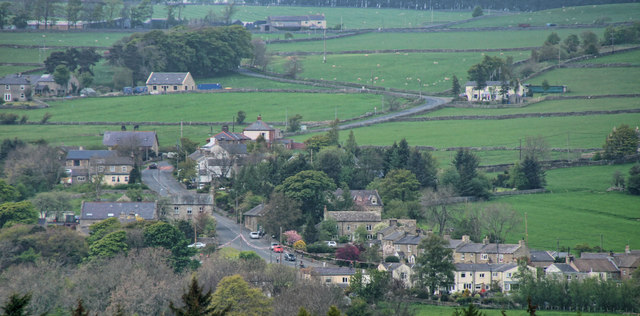
Co-Curate Page
Catton
- Overview Map Street View Catton is a village by the River East Allen in Northumberland. Catton is located about a mile north of Allendale Town. Historically, the wider area around …
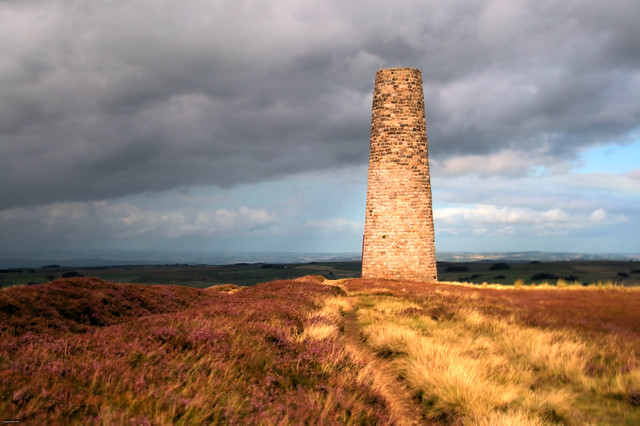
Co-Curate Page
Allendale Town
- Overview About Allendale Allendale in 1833 Map Street View What was written about Allendale in 1833: ALLENDALE a parochial chapelry in Northumberland with a population of 5540 inhabitants in …

Co-Curate Page
Allenheads, 1848
- ALLENHEADS, a hamlet (formerly a distinct parish) in the parish of Allendale, S. division of Tindale ward and of Northumberland, 17 miles (S.S.W.) from Hexham. The chapel here was built …
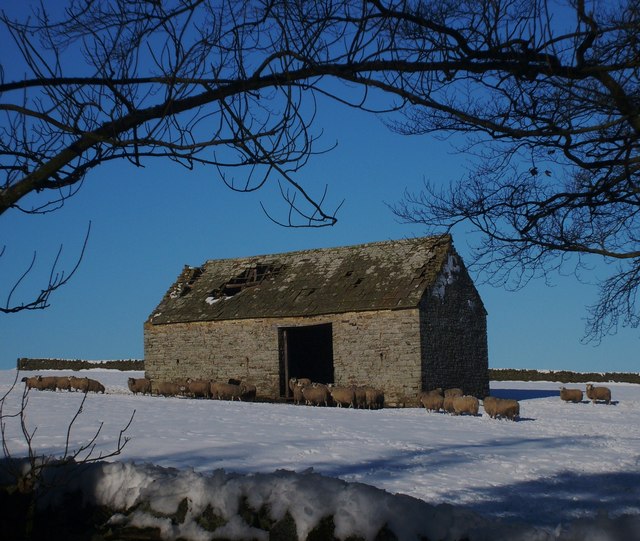
Co-Curate Page
Keenley
- Overview Map Street View Keenley is a distributed community, located about 2 miles west of Allendale town in Northumberland. There is no village as such, but a number of farms …

Co-Curate Page
Ninebanks
- Overview About Ninebanks Map Street View NINEBANKS, a chapelry, in the parish of Allendale, union of Hexham, S. division of Tindale ward and of Northumberland, 10 miles (S. W.) from …
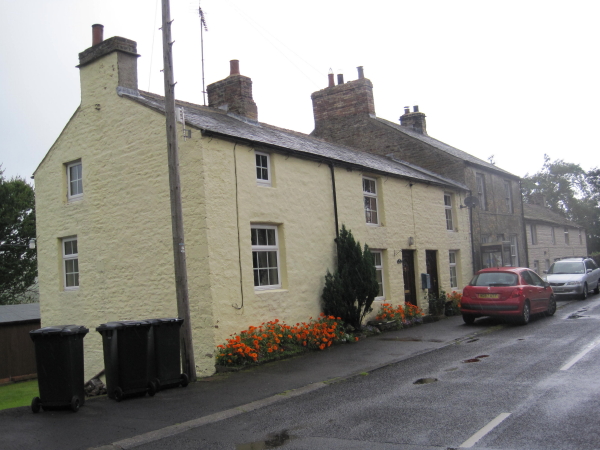
Co-Curate Page
Carrshield
- Overview About Carrshield Map Street View Carrshield is a village situated by the River West Allen in Northumberland. It is part of West Allen Civil Parish. Carrshield is a village …


Co-Curate Page
Broadside, Allendale, 1848
- BROADSIDE, a grieveship, in the parish of Allendale, union of Hexham, S. division of Tindale ward and of Northumberland; containing 123 inhabitants. Extract from: A Topographical Dictionary of England comprising …

Co-Curate Page
High Forest and Low Forest (Allendale), 1848
- FOREST, HIGH and LOW, two grieveships, in the parish of Allendale, union of Hexham, S. division of Tindale ward and of Northumberland; containing respectively 1,600 and 297 inhabitants. Extract from: …

Co-Curate Page
Catton
- Overview Map Street View Catton is a village by the River East Allen in Northumberland. Catton is located about a mile north of Allendale Town. Historically, the wider area around …

Co-Curate Page
Allendale Town
- Overview About Allendale Allendale in 1833 Map Street View What was written about Allendale in 1833: ALLENDALE a parochial chapelry in Northumberland with a population of 5540 inhabitants in …

Co-Curate Page
Allenheads, 1848
- ALLENHEADS, a hamlet (formerly a distinct parish) in the parish of Allendale, S. division of Tindale ward and of Northumberland, 17 miles (S.S.W.) from Hexham. The chapel here was built …

Co-Curate Page
Keenley
- Overview Map Street View Keenley is a distributed community, located about 2 miles west of Allendale town in Northumberland. There is no village as such, but a number of farms …

Co-Curate Page
Ninebanks
- Overview About Ninebanks Map Street View NINEBANKS, a chapelry, in the parish of Allendale, union of Hexham, S. division of Tindale ward and of Northumberland, 10 miles (S. W.) from …





